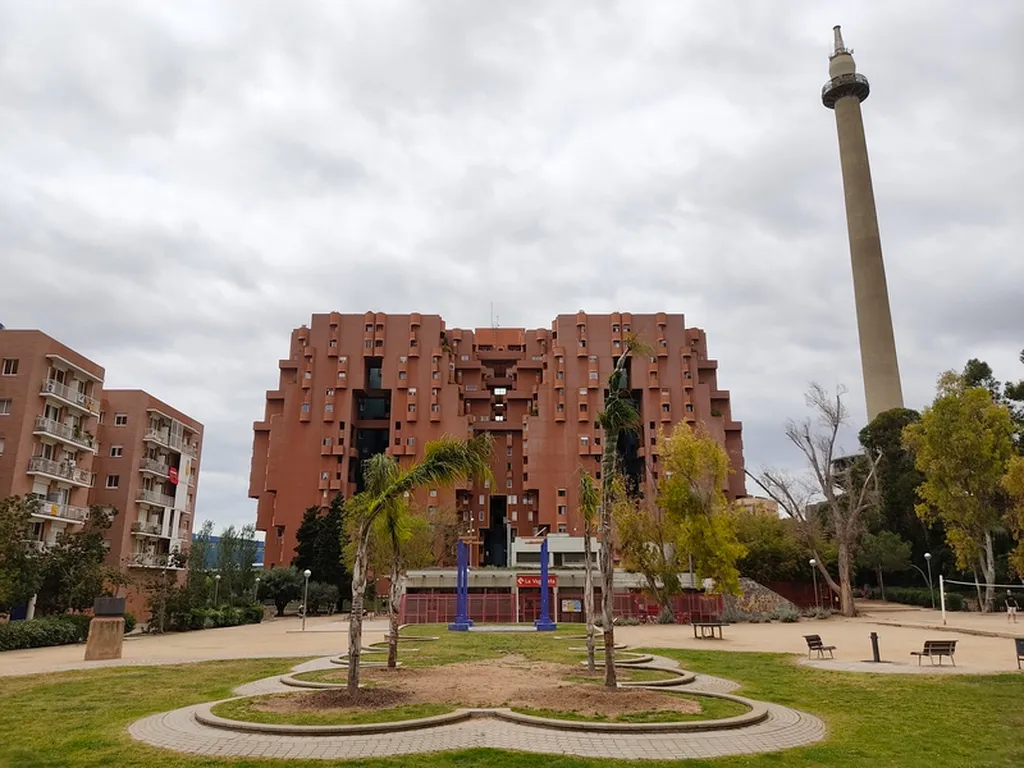In the latest issue of *VLC Arquitectura*, lead author Juan Serra Lluch delves into the enduring relevance of architectural wisdom, showcasing projects that remain influential decades after their inception. The issue, titled “Editorial VLC#12.2,” explores how these timeless designs offer insights into contemporary challenges and opportunities in the construction and energy sectors.
One of the standout features is a re-examination of Walden 7, a residential complex designed in the 1960s. Serra Lluch highlights how its modular spatial design and innovative cohabitation models continue to resonate today. “The principles behind Walden 7 are more relevant than ever,” Serra Lluch notes. “They challenge us to think about how we can create flexible, adaptable spaces that foster community and sustainability.”
The issue also shines a light on a series of cooperative housing projects in Uruguay, built in the same era. These projects emphasize the importance of intermediate spaces as social infrastructure, a concept that could inform modern urban planning and community development. “These spaces are not just functional residues; they are the backbone of community life,” Serra Lluch explains. “They provide the framework for social interaction and collective well-being.”
Another fascinating exploration is the work of Mario Ridolfi, particularly his design for a nursery in Ivrea. This project underscores the importance of open spatial systems and the integration of nature in early childhood development. “Ridolfi’s designs remind us that architecture for children should be open, inviting, and deeply connected to the natural world,” Serra Lluch observes. “This approach can have profound impacts on the well-being and development of future generations.”
The issue also delves into the creative processes behind architectural ideation, examining the concept of “idea-seeds” and the role of diagrams in the work of architects like Peter Eisenman, Bernard Tschumi, OMA, and SANAA. Serra Lluch argues that these methods offer valuable insights into how architects can innovate and push the boundaries of design.
A particularly timely article revisits the work of Anne Tyng, the first woman to be matriculated in Harvard’s architecture program. Serra Lluch uses Tyng’s career as a lens to discuss the ongoing struggle for gender equality in the field. “Tyng’s legacy is a reminder that the fight for equality is far from over,” Serra Lluch states. “Her work challenges us to continue advocating for a more inclusive and equitable profession.”
Finally, the issue explores the transformation of the Teatro de los Caños del Peral in Madrid, originally designed by Ventura Rodríguez. Serra Lluch discusses how this adaptive reuse project serves as a model for repurposing historic buildings in ways that meet contemporary needs.
“All of these articles invite us to remember and reflect on the architectural past,” Serra Lluch concludes. “They show us how the wisdom of previous generations can inform our current practices and help us navigate the challenges of the present.”
Published in *VLC Arquitectura*, which translates to “VLC Architecture,” this issue offers a compelling look at how historical projects can shape future developments in architecture and urban planning. As the construction industry continues to evolve, the lessons from these timeless designs could prove invaluable in creating more sustainable, inclusive, and innovative spaces.

